1. Check the aerator
If you're experiencing weak water pressure in your kitchen sink, the first thing you should check is the aerator. This small mesh screen is located at the end of your faucet and helps to mix air with the water to create a smooth flow. Over time, it can become clogged with mineral deposits or debris, leading to reduced water pressure.
If the aerator is dirty or clogged, it can easily be removed and cleaned with a toothbrush and some white vinegar. This should improve the water pressure in your sink.
2. Clean the aerator
If cleaning the aerator doesn't improve the water pressure, it may be time for a deeper clean or replacement. Soak the aerator in a mixture of equal parts water and vinegar for about an hour to dissolve any stubborn mineral deposits. Then, scrub it with a brush and rinse thoroughly before reattaching it to the faucet.
If the aerator is beyond repair, you can purchase a new one at your local hardware store for a relatively low cost.
3. Check the water supply valve
If the aerator is not the culprit, the next step is to check the water supply valve. This valve controls the flow of water to your sink and may have accidentally been turned down, reducing the water pressure. Make sure the valve is fully open to allow for maximum water flow.
4. Check for clogs in the pipes
Another common cause of weak water pressure in kitchen sinks is clogged pipes. Over time, debris, food particles, and other materials can build up in the pipes, restricting the flow of water. This can be solved by using a plunger or a plumbing snake to clear the clog. If the clog is more severe, you may need to call a professional plumber.
5. Check the water pressure regulator
Most homes have a water pressure regulator installed near the main water supply line. This device controls the pressure of water coming into the house and can sometimes malfunction or become damaged. If this is the case, you may need to replace the regulator to restore normal water pressure.
6. Check for leaks in the pipes
A leak in your pipes can also cause weak water pressure in your kitchen sink. Even a small leak can significantly reduce the flow of water. Look for any visible signs of leaks, such as water stains or damp areas, and have them repaired as soon as possible.
7. Check the water pressure in other faucets
If you're experiencing weak water pressure in your kitchen sink, it's a good idea to check the water pressure in other faucets throughout your home. If the water pressure is also low in these areas, the issue may be with the main water supply line. Contact your local water supplier to see if there are any known issues in your area.
8. Check the water pressure from the main supply line
If the water pressure is only low in the kitchen sink, the problem may lie within your home's plumbing system. You can test the water pressure from the main supply line by attaching a pressure gauge to an outdoor faucet. If the pressure is below 45 psi, you may need to adjust or replace the pressure regulator.
9. Replace the faucet
If all else fails, the issue may be with your kitchen sink's faucet itself. Over time, faucets can become worn out and lose their ability to provide strong water pressure. Consider replacing your faucet with a newer, more efficient model to improve the water pressure in your sink.
10. Call a plumber for professional help
If you've tried all of the above solutions and are still experiencing weak water pressure in your kitchen sink, it's time to call a professional plumber. They will be able to accurately diagnose the issue and provide a solution to restore proper water pressure in your sink.
Don't let weak water pressure in your kitchen sink slow you down. By following these tips and seeking professional help when needed, you can enjoy a steady and strong flow of water for all your cooking and cleaning needs.
The Importance of Proper Water Pressure in Your Kitchen Sink

How Does Weak Water Pressure Affect Your Daily Life?
 Having weak water pressure in your kitchen sink may not seem like a major issue, but it can actually cause a lot of inconvenience in your daily life. From washing dishes to cooking and even filling up a glass of water, proper water pressure is crucial in completing these tasks efficiently. When the water pressure is low, it can take longer to clean dishes and cooking utensils, leading to higher water bills and wasted time. It can also be frustrating to not be able to fill up a pot or a pitcher with enough water to complete a recipe. These small inconveniences can add up and affect the overall functionality and enjoyment of your kitchen.
Having weak water pressure in your kitchen sink may not seem like a major issue, but it can actually cause a lot of inconvenience in your daily life. From washing dishes to cooking and even filling up a glass of water, proper water pressure is crucial in completing these tasks efficiently. When the water pressure is low, it can take longer to clean dishes and cooking utensils, leading to higher water bills and wasted time. It can also be frustrating to not be able to fill up a pot or a pitcher with enough water to complete a recipe. These small inconveniences can add up and affect the overall functionality and enjoyment of your kitchen.
What Causes Weak Water Pressure in the Kitchen Sink?
 There are several factors that can contribute to weak water pressure in your kitchen sink. One common issue is a clogged or blocked water line. Over time, mineral deposits, debris, and other buildups can accumulate in the pipes and restrict the flow of water. Another cause could be a faulty pressure regulator, which is responsible for maintaining consistent water pressure throughout your home. If this component is not functioning properly, it can result in low water pressure in certain areas, such as the kitchen sink.
There are several factors that can contribute to weak water pressure in your kitchen sink. One common issue is a clogged or blocked water line. Over time, mineral deposits, debris, and other buildups can accumulate in the pipes and restrict the flow of water. Another cause could be a faulty pressure regulator, which is responsible for maintaining consistent water pressure throughout your home. If this component is not functioning properly, it can result in low water pressure in certain areas, such as the kitchen sink.
How Can You Improve Water Pressure in Your Kitchen Sink?
 Fortunately, there are several solutions to improve weak water pressure in your kitchen sink. The first step is to check for any clogs or blockages in the water line. If you find any, try using a plunger or a drain snake to remove the buildup. If this doesn't solve the issue, it may be time to call a professional plumber to inspect and repair the pipes. Another option is to install a water pressure booster, which can help increase the flow of water to your kitchen sink. It's also important to regularly maintain your pressure regulator to ensure it is functioning properly.
Fortunately, there are several solutions to improve weak water pressure in your kitchen sink. The first step is to check for any clogs or blockages in the water line. If you find any, try using a plunger or a drain snake to remove the buildup. If this doesn't solve the issue, it may be time to call a professional plumber to inspect and repair the pipes. Another option is to install a water pressure booster, which can help increase the flow of water to your kitchen sink. It's also important to regularly maintain your pressure regulator to ensure it is functioning properly.
The Impact of Proper Water Pressure on Your House Design
 Having proper water pressure in your kitchen sink is not only important for practical reasons, but it also plays a role in the overall design and functionality of your home. Weak water pressure can affect the performance of your kitchen appliances, such as dishwashers and garbage disposals, leading to frequent breakdowns and replacements. It can also cause damage to your plumbing system, resulting in costly repairs. By ensuring proper water pressure in your kitchen sink, you can maintain the efficiency and longevity of your house design.
In conclusion, weak water pressure in your kitchen sink is a common issue that can have a significant impact on your daily life and house design. By understanding the causes and solutions to this problem, you can ensure that your kitchen functions properly and efficiently. Don't let low water pressure slow you down – take the necessary steps to improve it and enjoy a fully functional kitchen.
Having proper water pressure in your kitchen sink is not only important for practical reasons, but it also plays a role in the overall design and functionality of your home. Weak water pressure can affect the performance of your kitchen appliances, such as dishwashers and garbage disposals, leading to frequent breakdowns and replacements. It can also cause damage to your plumbing system, resulting in costly repairs. By ensuring proper water pressure in your kitchen sink, you can maintain the efficiency and longevity of your house design.
In conclusion, weak water pressure in your kitchen sink is a common issue that can have a significant impact on your daily life and house design. By understanding the causes and solutions to this problem, you can ensure that your kitchen functions properly and efficiently. Don't let low water pressure slow you down – take the necessary steps to improve it and enjoy a fully functional kitchen.
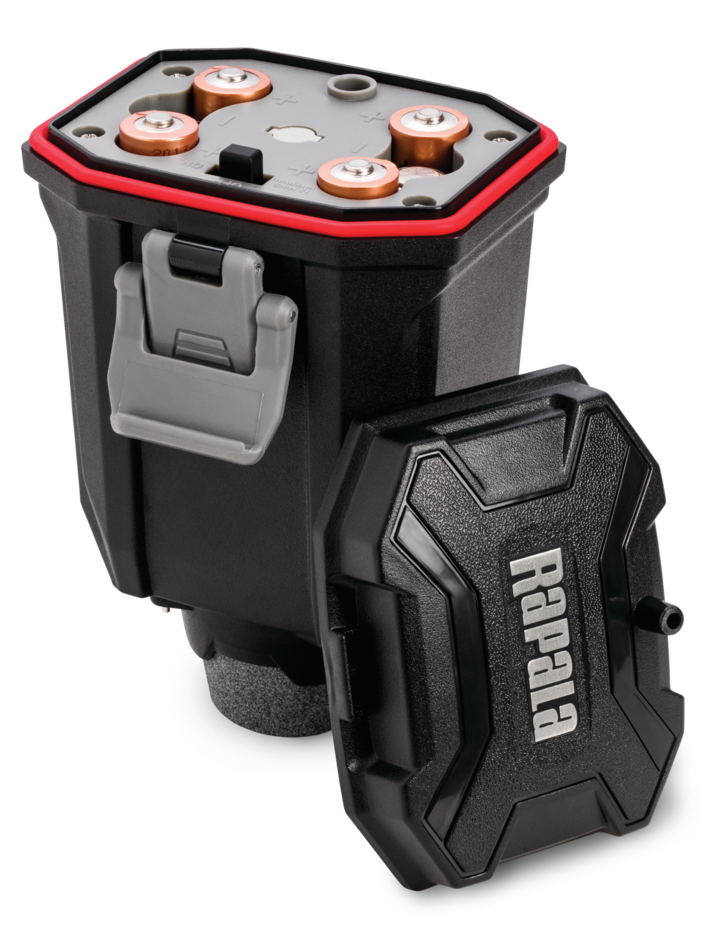




















:max_bytes(150000):strip_icc()/clearing-a-blocked-faucet-aerator-2718807-07-b5a90554991f4bb69efb45a472df7f23.jpg)
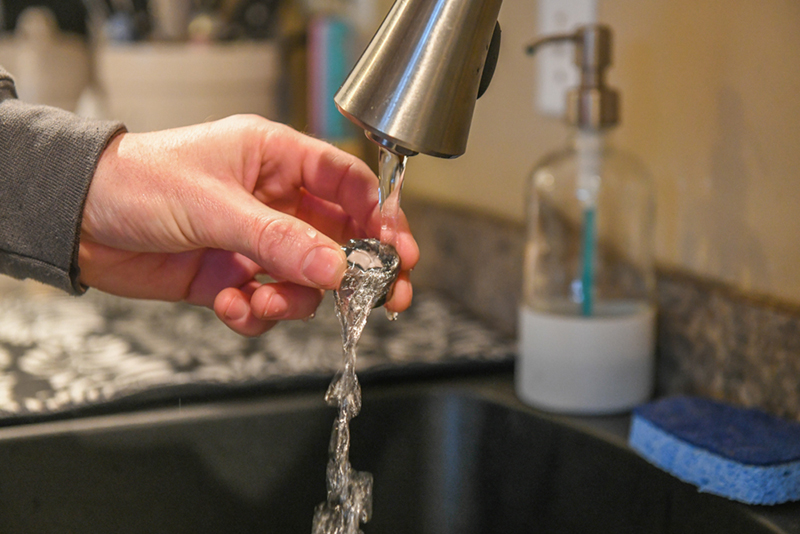








:max_bytes(150000):strip_icc()/GettyImages-1057621140-78ab2e946841421d9a7efeebe02935d2.jpg)



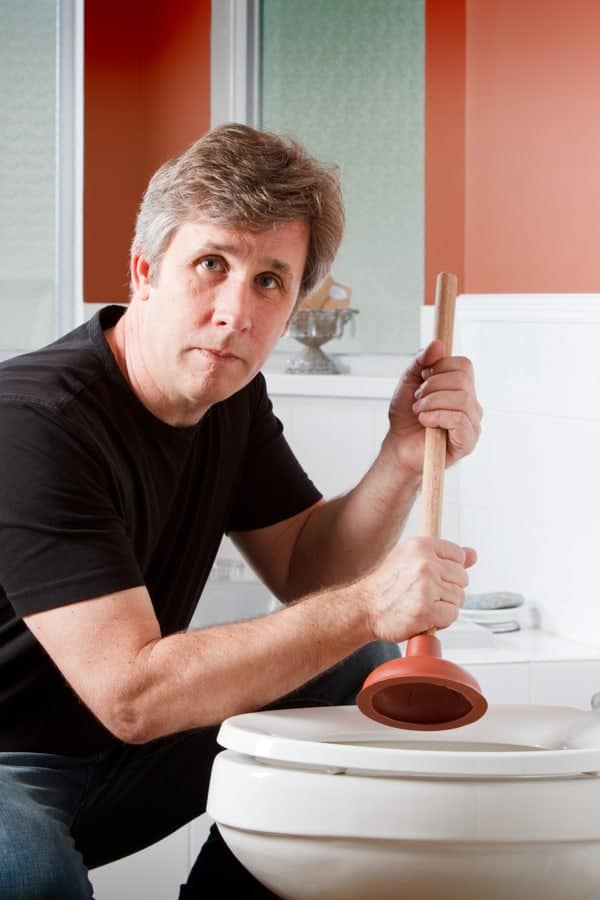











:max_bytes(150000):strip_icc()/the-men-s-hand-opens-the-ball-valve-on-the-collector-1006810456-5c5fc73fc9e77c000159c4af.jpg)



:max_bytes(150000):strip_icc()/testing-water-pressure-in-your-home-2718692-hero-98f45508ca5d44b6b551034ac5cedab5.jpg)
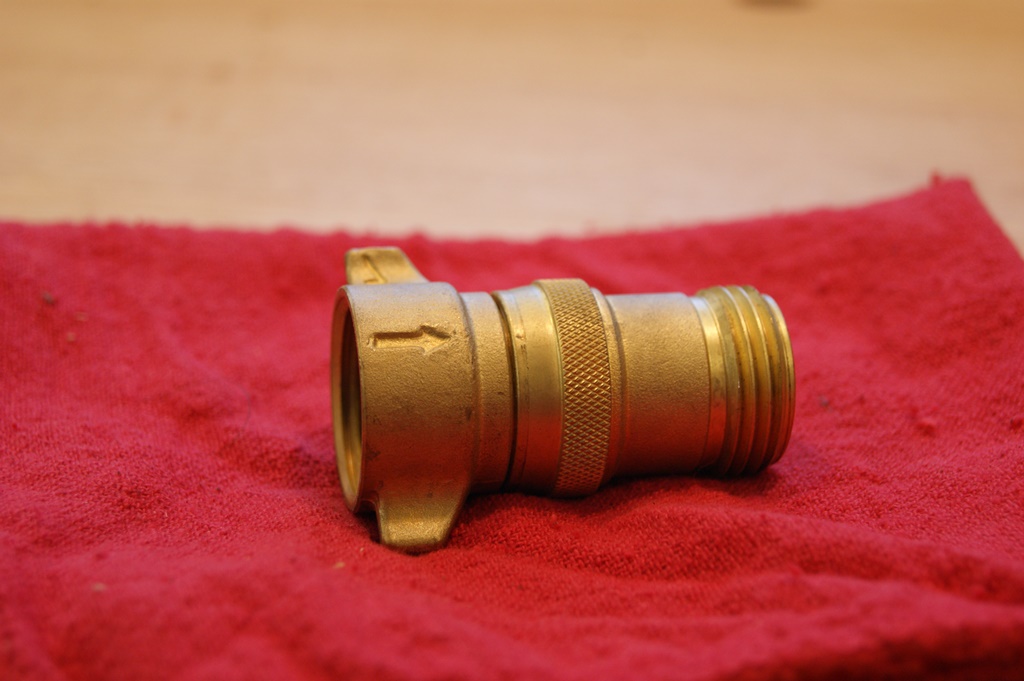



















:max_bytes(150000):strip_icc()/testing-water-pressure-in-your-home-2718692-04-c37ab3236d0d4b61b87079ebf9ef823e-c1e1ef0104fb44778a287bd9bb5ec140.jpeg)






/testing-water-pressure-in-your-home-2718692-hero-98f45508ca5d44b6b551034ac5cedab5.jpg)

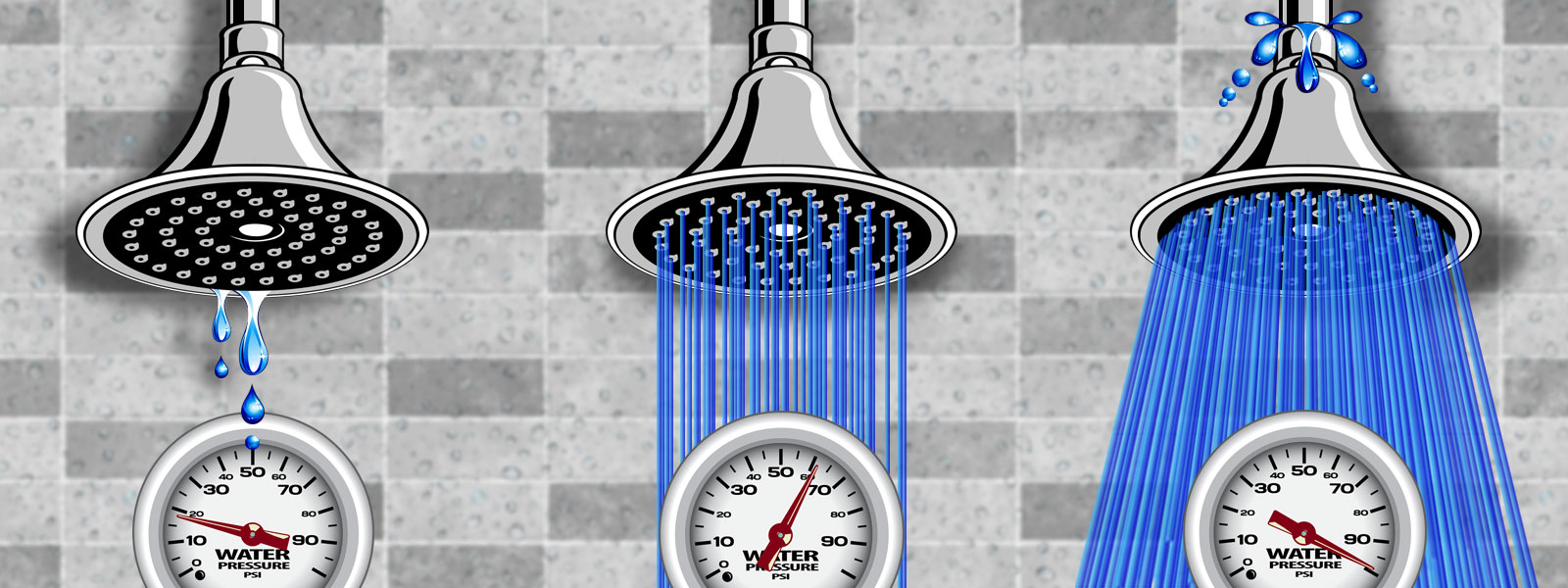


























/build-something-diy-vanity-594402125f9b58d58ae21158.jpg)



